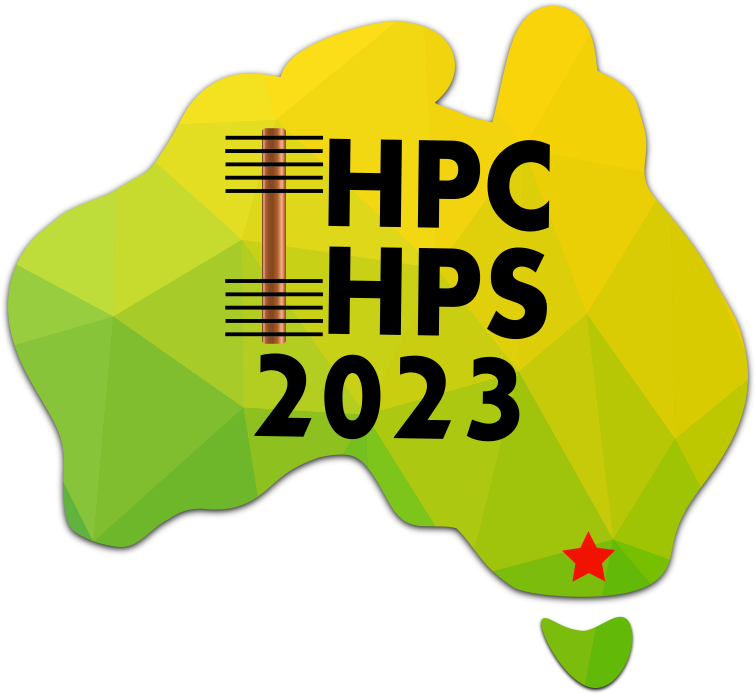Paper submission guidelines
Draft paper submission replaces the traditional abstract or extended abstract submission and draft paper will be the basis for the decision of selection by the Committee on the Joint IHPC&S. This style of submission will help authors maintain a single file between their draft paper submission to the final full paper submission (after the draft paper submission is accepted). The draft paper should be minimum 1 page, maximum 2 pages and the length of the full paper should not exceed 8 pages (including references). The draft paper must include title, list of authors, abstract, keywords, brief introduction with a figure or table or some form of graphical illustration to help communicate the main idea of the paper. Furthermore, the draft paper should also include tentative section headings relevant to the research. Brief results and discussions can be included if required, but strict adherence to the maximum 2 page limit must be followed for the draft paper. Draft paper must be in clear English. You must use the paper template provided below to prepare your draft paper and continue to use the draft paper file to prepare the full paper if your draft paper is accepted. Numbered referencing style must be used. Details about referencing and the paper template can be downloaded from here Paper-Template-Reference-style download. Only authors whose draft papers have been accepted can submit their full papers.
IMPORTANT DATES
Full Paper Submission Deadline: December 10th, 2022
Paper Template and Reference Style
Selected high quality papers will be invited for publication in a Special Issue at:
Experimental and Computational Multiphase Flow – Springer
The conference topics include, but are not limited to:
- Fundamental studies on thermal-fluid phenomena associated with heat pipes and closed two-phase thermosyphons.
- Theoretical and experimental studies on heat pipes and thermosyphons, including capillary pumped loops (CPL), loop heat pipes (LHP), oscillating (or pulsating) heat pipes (OHP/PHP), mini/micro-heat pipes, etc.
- Electronics cooling applications, including thermal control of microelectronics and power electronics, cooling of CPU, LED system.
- Heat pipe and thermosyphon applications in energy industry, including heat exchangers, new and renewable energy systems, etc.
- Aerospace applications of heat pipes, including spacecraft thermal control, space power systems, aircraft thermal control, avionics cooling, etc.
- Heat pipes for special applications, including biomedical instruments, precision metrology, agricultural facilities, environmental systems, etc.
- Manufacturing processes and material processing associated with heat pipes and thermosyphons, including new developments of wicks, working fluids, materials, modeling of corrosion and life tests.
- State-of-the-art heat pipe development and applications, novel ideas of heat pipe development.
- Special topics (energy, electronics, communications, with cooling issues).
- More general communications on advanced cooling technologies, surface engineering, porous media, boiling and condensation, innovative fabrication technologies are also welcome.
| HYBRID MODE: The conference event will be delivered in a hybrid model: in-person and online. Online Option: Participants who plan to attend this conference in an online mode and have their paper accepted for oral presentation are required to submit a pre-recorded video for presentation at the conference. Details of uploading the pre-recorded video will be communicated to the authors after they have registered for the conference. Pre-recorded presentation videos will be played during the conference part of the oral presentation sessions. The participant or their representative must be available online to answer the audience questions. Online participants will be able to participate in all conference sessions including the oral presentations, welcome/opening ceremony, closing ceremony and awards ceremony. |
| POSTER PRESENTATIONS Poster Presentations: For all participants (online or in-person) selected for poster presentation, a short (3 minutes) video presenting the poster is requested. All posters will be displayed on the website along with the link to the short video presentation. During the conference, posters will be displayed on large LCD screens and the supporting videos will be available online. Questions regarding the posters from the audience (online or in-person) can be posted online for the authors to respond. |

